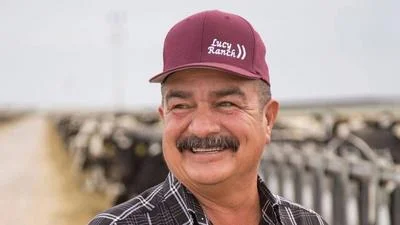Ben Neary Conservation Director | New Mexico Wildlife Federation
The New Mexico Department of Game and Fish is set to reduce the number of pronghorn licenses in northeastern New Mexico due to population declines linked to dry rangeland conditions. This change will begin with the 2025-2026 license year, as announced by department staff during a meeting with game commissioners in Santa Fe.
Stewart Liley, head biologist at the department, informed commissioners that all female/immature pronghorn licenses would be removed from both public draw and over-the-counter sales within game management units 41, 47, 56, 57, 58, and 59. Additionally, hunts for mature buck pronghorn will be cut by 20 percent in these units located north of I-40 in eastern New Mexico.
Alongside limiting public draw tags, the department plans to decrease over-the-counter tags available for hunting on private lands by 20 percent below current levels. Private landowners can sell authorizations allowing hunters access without participating in the competitive public draw process.
Liley stated that over-the-counter tags for affected units will go on sale this summer until reaching a cap. He noted that pronghorn populations are not significantly impacted by hunting bucks unless their ratio to does falls below 10/100; currently, it stands at 36 bucks per 100 does. However, fawn-to-doe ratios have declined from 33/100 in 2019 to just 22/100 due to decreased grass cover resulting from lower precipitation rates.
Commissioner Fernando Clemente agreed with Liley about fluctuating pronghorn populations. Commission Chairman Richard Stump expressed concern over the situation: "It’s a problem," he said. "Pray for rain."
In related discussions, Trent Botkin from the New Mexico Department of Transportation briefed the commission on efforts to identify and protect wildlife corridors throughout the state where vehicle collisions are frequent. The New Mexico Wildlife Federation supports a bill proposing $50 million for implementing its Wildlife Corridor Action Plan finalized in 2022.
John Crenshaw shared his personal experience involving three bull elk while driving on US Highway 550—a priority area for constructing wildlife crossings—and Jesse Deubel highlighted New Mexico's action plan as a national model needing implementation progress.
Lastly, Commissioner Richard Stump was re-elected as chairman alongside Sharon Salazar Hickey continuing her role as vice-chair during Friday's meeting.








